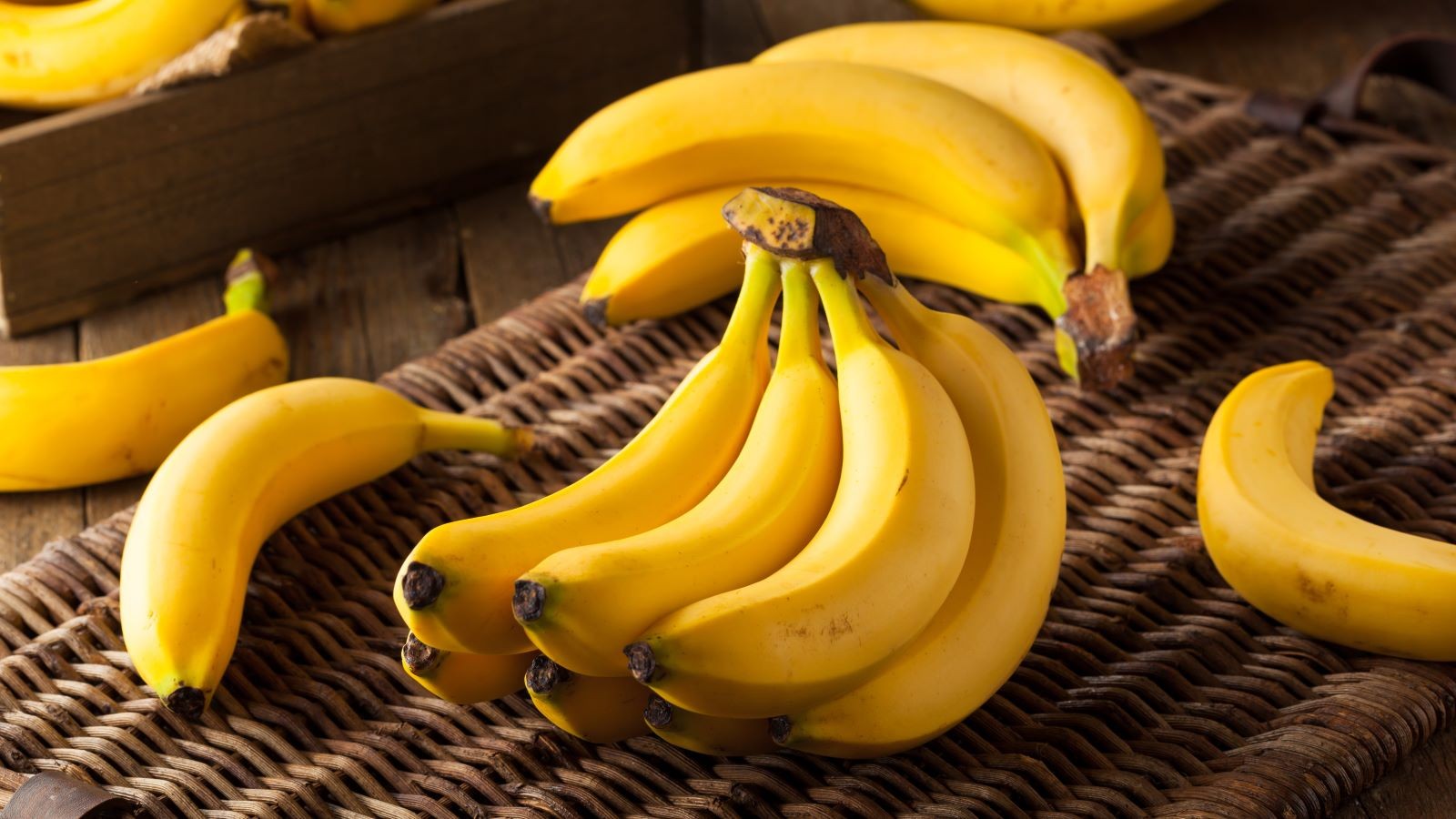Experiencing nausea can be incredibly unpleasant, and the thought of eating might be the last thing on your mind. However, consuming the right foods can actually be a helpful strategy to alleviate discomfort and support your body’s recovery.
According to Emily Lewis, DCN, RD, a registered dietitian at Hartford HealthCare, nausea is often a symptom of an underlying issue such as a stomach virus, digestive problems, or even morning sickness during pregnancy. Regardless of the cause, your body requires energy to function and fight off illness. Therefore, eating, even when nauseous, becomes essential.
This guide, based on expert advice, will walk you through the best food choices to make when nausea strikes, as well as foods you should avoid to prevent making things worse.
Top Foods to Eat When You’re Feeling Nauseous
When you’re battling nausea, the primary goal is to get some food down and keep it there. Emily Lewis recommends starting with bland foods that have minimal odor. Interestingly, she points out that cold foods generally have a less intense smell than hot foods, which can be beneficial when you’re sensitive to smells.
Consider incorporating these foods into your diet when nausea hits:
- Toast: Plain, dry toast is easy to digest and can help absorb stomach acid.
- Mashed Potatoes: A comforting and easily digestible option, mashed potatoes provide gentle sustenance.
- Plain Rice or Noodles: Simple carbohydrates like plain white rice or noodles are gentle on the stomach.
- Bananas: Bananas are part of the BRAT diet and are known for being easy to digest and replenishing potassium.
- Protein-Rich Foods: Opt for lean protein sources like low-fat Greek yogurt, plain chicken or turkey, or protein shakes. Protein is crucial for recovery.
- Mild Fruits and Vegetables: Choose gentle options like sweet potatoes and pears, which are less likely to irritate your stomach.
 A selection of foods that help with nausea, including toast, bananas, and ginger tea, arranged on a kitchen counter.
A selection of foods that help with nausea, including toast, bananas, and ginger tea, arranged on a kitchen counter.
Many are familiar with the BRAT diet – bananas, rice, applesauce, and toast – often recommended for children experiencing stomach upset. This diet can also be effective for adults dealing with nausea. However, dietitian Emily Lewis emphasizes the importance of including protein in your diet to aid recovery.
Furthermore, how you eat is just as important as what you eat when nauseous. Lewis advises, “Eating small meals every one to two hours, rather than consuming three large meals, can effectively manage nausea by preventing your stomach from becoming overly full.” This strategy helps maintain stable digestion and reduces the likelihood of triggering nausea.
Foods to Avoid When Nauseous
Certain food categories can exacerbate nausea, either by taking longer to digest or by causing stomach irritation. To ease the burden on your digestive system, it’s best to steer clear of the following:
- Fried Foods: High-fat, fried foods are difficult to digest and can worsen nausea.
- Full-Fat Dairy Items: Rich dairy products can also be hard on the stomach and may increase discomfort.
- Spicy Foods: Spicy foods are known to irritate the stomach lining and should be avoided when you’re feeling nauseous.
The Importance of Hydration
Staying hydrated is crucial, especially when you’re experiencing nausea, particularly if it’s accompanied by vomiting. However, it’s best to hydrate in small amounts. Sip fluids throughout the day rather than gulping large quantities at once, which can sometimes worsen nausea.
For soothing and bland hydration, consider:
- Water: Plain water is always a good choice to keep you hydrated.
- Broth: Clear broths, like chicken or vegetable broth, provide electrolytes and are easy on the stomach.
- Ginger and Peppermint Tea: Ginger and peppermint tea are known for their nausea-reducing properties and can be very comforting.
By choosing the right foods and staying hydrated appropriately, you can effectively manage nausea and support your body’s recovery process. Remember to consult with a healthcare professional if your nausea is persistent or severe.
